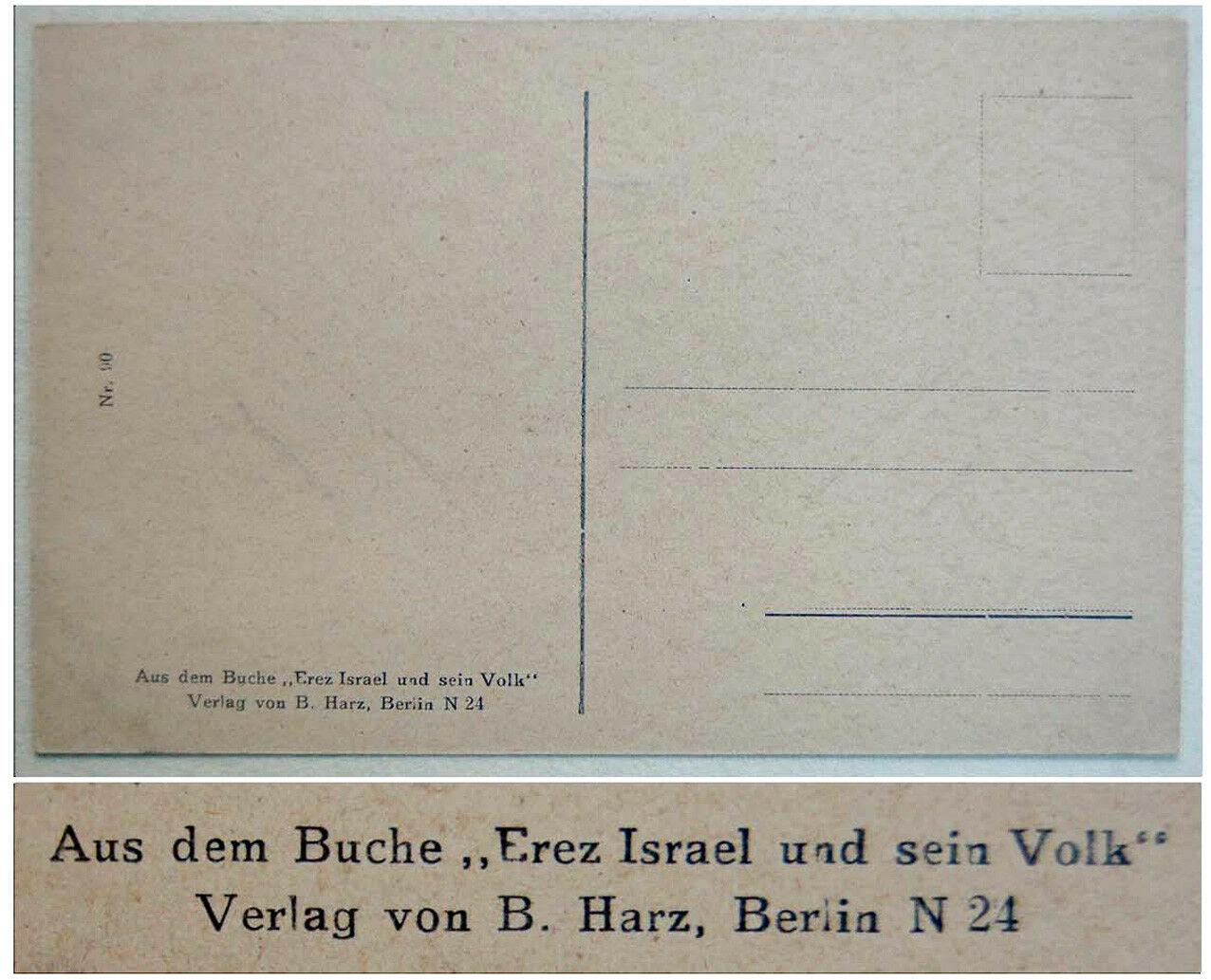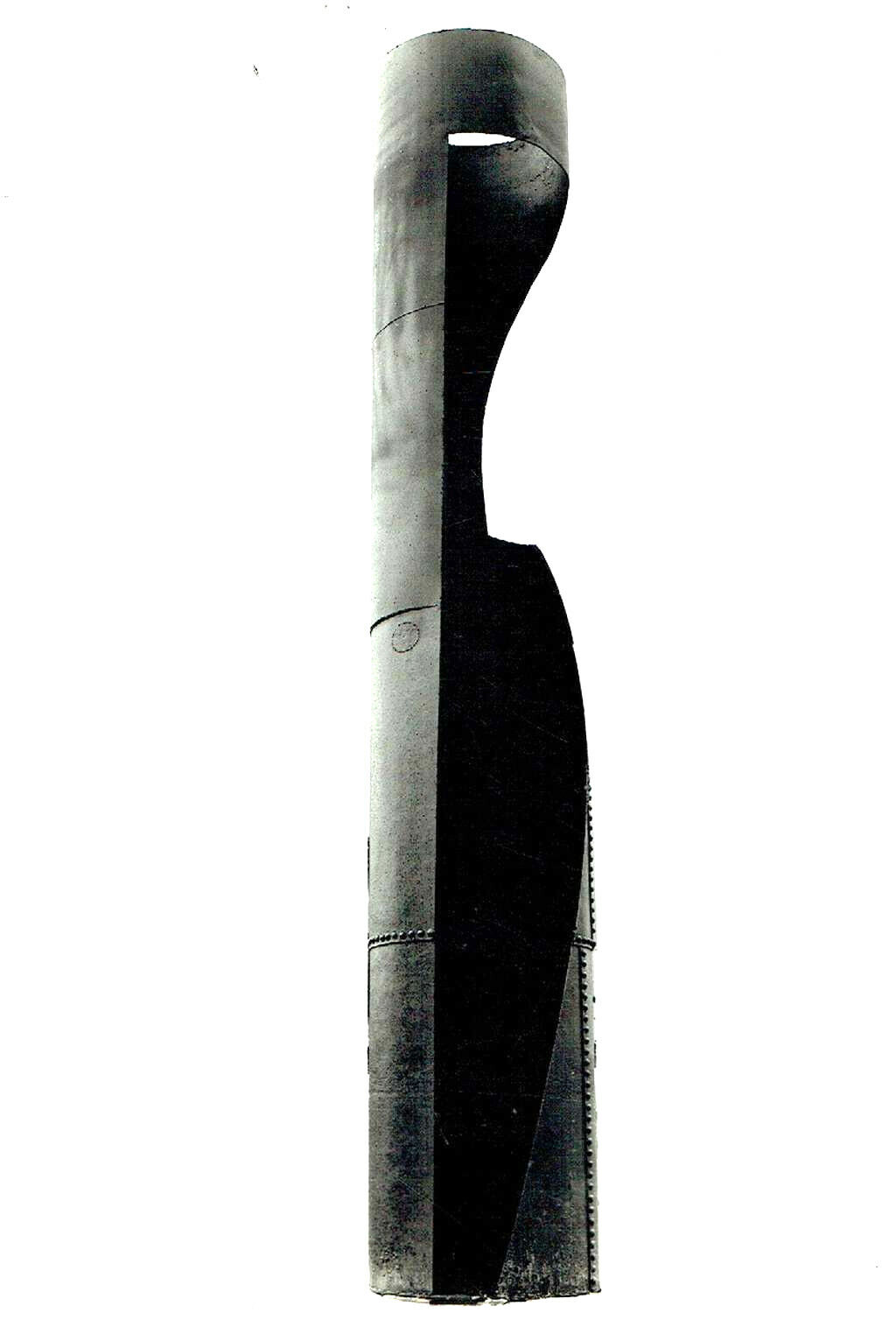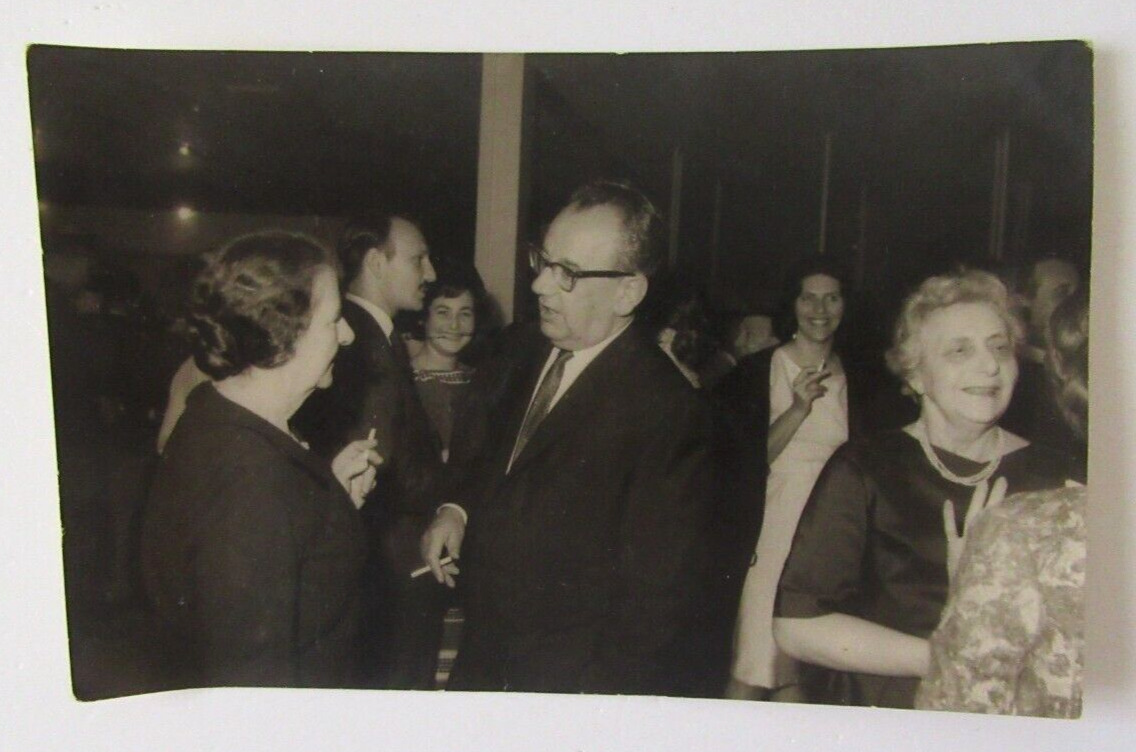-40%
1920 Bezalel E.M.LILIEN Original GRAVURE POSTCARD Jewish JUDAICA Eretz ISRAEL
$ 25.87
- Description
- Size Guide
Description
DESCRIPTION: Up for auction is an over 90 years old original Ca 1920's GRAVURE POSTCARD which was designed by the Bezalel artist E.M.LILIEN for his book " EREZ ISRAEL UND SEIN VOLK ( Eretz Israel and its People ) " , Published by HARZ VERLAG in Berlin . The illustration is named " MORGENZEITUNG ( The Morning Newspaper ) ". GRAVURE printing. German headings . Devided back. Unused postaly . 5.5 x 3.5". Excellent condition. ( Pls look at scan for accurate AS IS images ) Card will be sent inside a protective packaging .
PAYMENTS
:
P
ayment method accepted : Paypal .
SHIPPMENT
:
Shipp worldwide via registered airmail is $ 19 .
Card will be sent inside a protective packaging .
Will be sent around 5 days after payment .
The term
Bezalel school
describes a group of artists who worked in Israel in the late Ottoman and British Mandate periods. It is named after the institution where they were employed, the Bezalel Academy, predecessor of today’s Bezalel Academy of Art and Design, and has been described as "a fusion of ‘oriental' art and Jugendstil." The Academy was led by Boris Schatz, who left his position as head of the Royal Academy of Arts in Sofia, Bulgaria, to make aliyah 1906 and set up an academy for Jewish arts. All of the members of the school were Zionist immigrants from Europe and the Middle East, with all the psychological and social upheaval that this implies. The school developed a distinctive style, in which artists portrayed both Biblical and Zionist subjects in a style influenced by the European jugendstil ( or art nouveau) movement, by symbolism, and by traditional Persian and Syrian artistry. Like the British Arts and Crafts Movement, Wiener Werkstätte in Vienna, William Morris firm in England, and Tiffany Studios in New York, the Bezalel School produced decorative art objects in a wide range of media: silver, leather, wood, brass and fabric. While the artists and designers were European-trained, the craftsmen who executed the works were often members of the Yemenite community, which has a long tradition of craftsanship in precious metals, and began to make aliyah about 1880. Yemenite immigrants with their colorful traditional costumes were also frequent subjects of Bezalel School artists.Leading members of the school were Boris Schatz, E.M. Lilien,Ya'akov Stark, Meir Gur Arie, Ze'ev Raban, Jacob Eisenberg, Jacob Steinhardt, and Hermann Struck.The artists produced not only paintings and etchings, but objects that might be sold as Judiaca or souvenirs. In 1915, the New York Times praised the “Exquisite examples of filigree work, copper inlay, carving in ivory and in wood,” in a touring exhibit. In the metalwork Moorish patterns predominated, and the damascene work, in particular, showed both artistic feeling and skill in execution
.
Bezalel Academy of Art and Design
is Israel's national school of art. It is named after the Biblical figure Bezalel, son of Uri (Hebrew: ), who was appointed by Moses to oversee the design and construction of the Tabernacle (Exodus 35:30).It is located on Mount Scopus in Jerusalem and has 1,500 students registered in programs such as: Fine Arts, Architecture, Ceramic Design, Industrial Design, Jewelry, Photography, Visual Communication, Animation, Film, and Art History & Theory. Bezalel offers Bachelor of Fine Arts (B.F.A.), Bachelor of Architecture (B.Arch.), Bachelor of Design (B.Des.) degrees, a Master of Fine Arts in conjunction with Hebrew University, and two different Master of design (M.des) degree. The academy was founded in 1903 by Boris Schatz, and opened in 1906, but was cut off from its supporters in Europe by World War I, and closed due to financial difficulties in 1929. The academy was named "Bezalel" (Hebrew: "in God's shadow") as an illustration of God's creativity being channeled to a man of flesh and blood, providing the source of inspiration to Bezalel ben Uri in the construction of the holy ark.Many early Zionists, including Theodor Herzl, felt that Israel needed to have a national style of art combining Jewish, Middle Eastern, and European traditions. The teachers at the academy developed a distinctive school (or style) of art, known as the Bezalel school, in which artists portrayed both Biblical and Zionist subjects in a style influenced by the European jugendstil (art nouveau) and by traditional Persian and Syrian styles.Like the Wiener Werkstätte in Vienna, William Morris firm in England, and Tiffany Studios in New York, the Bezalel School produced decorative art objects in a wide range of media: silver, leather, wood, brass and fabric. While the artists and designers were European-trained, the craftsmen who executed the works were often members of the Yemenite community, which has a long tradition of craftsanship in precious metals, and whose members had been making aliyah in small groups at least form the beginning of the nineteenth century, forming a distinctive Yeminite community in Jerusalem. Silver and goldsmithing, occupations forbidden to pious Muslims, had been traditional Jewish occupations in Yemen. Yemenite immigrants with their colorful traditional costumes were also frequent subjects of Bezalel school artists.Leading artists of the school include Meir Gur Aryeh, Ze'ev Raban, Boris Schatz, Jacob Eisenberg, Jacob Steinhardt, and Hermann Struck. The School folded because of economic difficulties. It was reopened as the New Bezalel School for Arts and Crafts in 1935, attracting many of its teachers and students from Germany many of them from the Bauhaus school which had been shut down by the Nazis. In 1969 it was converted into a state-supported institution and took its current name. It completed its relocation to the current campus in 1990.
Ephraim Moses Lilien (1874–1925) was an art nouveau illustrator and print-maker particularly noted for his art on Jewish and Zionist themes. He is sometimes called the "first Zionist artist." Ephraim Moses Lilien (
Maurycy Lilien
) was born in Drohobycz, Galicia in 1874. In 1889-1893 Lilien learned painting and graphic techniques at the Academy of Arts in Kraków. He studied under Polish painter Jan Matejko from 1890 to 1892. As a member of the Zionist Movement, Lilien traveled to Ottoman Palestine several times between 1906 and 1918. He accompanied Boris Schatz to Jerusalem to help establish the Bezalel Art School. Lilien was one of the two artists to accompany Boris Schatz to Eretz Israel in 1906 for the purpose of establishing Bezalel Academy of Arts and Design, and taught the school's first class in 1906. Although his stay in the country was short-lived, he left his indelible stamp on the creation of an Eretz Israel style, placing biblical subjects in the Zionist context and oriental settings, conceived in an idealized Western design. In the first two decades of the century, Lilien's work served as a model for the Bezalel group.
Artistic career
Lilien is known for his famous photographic portrait of Theodor Herzl. He often used Herzl as a model, considering his features a perfect representation of the "New Jew." In 1896, he received an award for photography from the avantgarde magazine
Jugend
. Lilien illustrated several books. In 1923, an exhibition of his work opened in New York. Lilien's illustrated books include
Juda
(1900), Biblically-themes poetry by Lilien's Christian friend, Börries Freiherr von Münchausen, and
Lieder des Ghetto
(Songs of the Ghetto) (1903), Yiddish poems by Morris Rosenfeld translated into German.
Death and commemoration
Lilien died in Badenweiler, Germany in 1925.
ebay2159
















